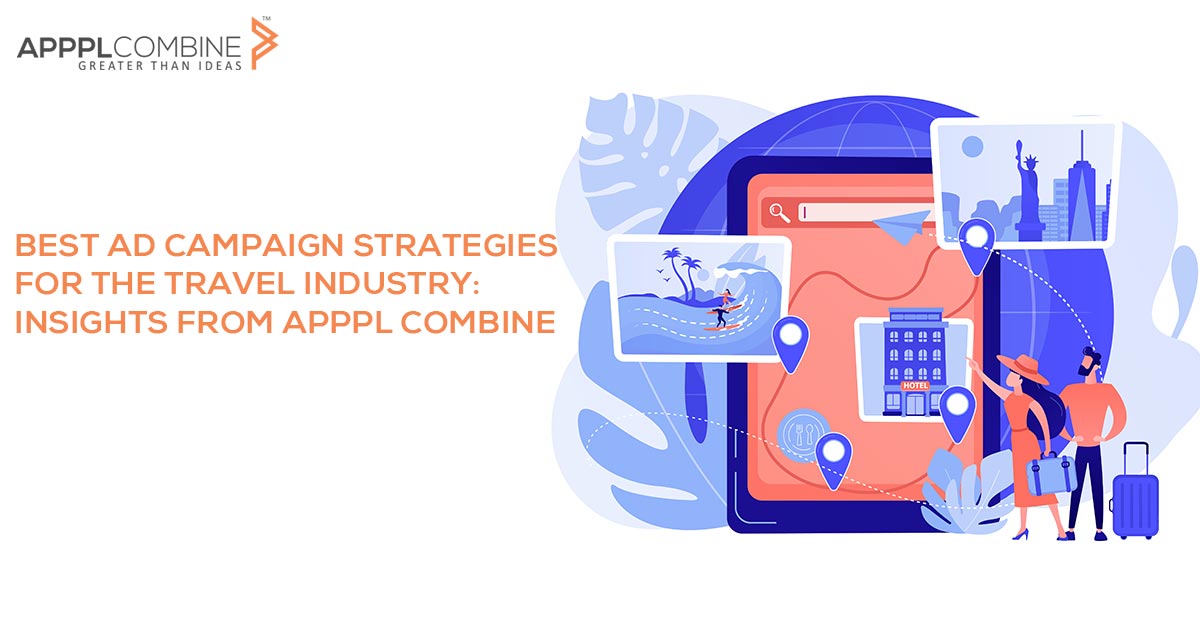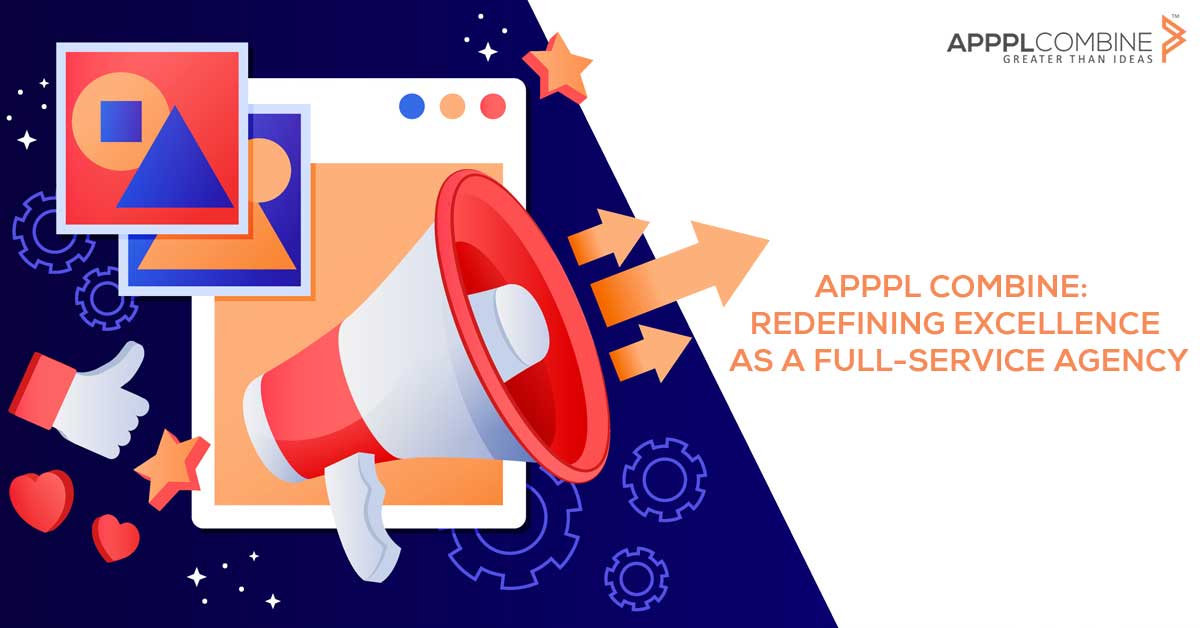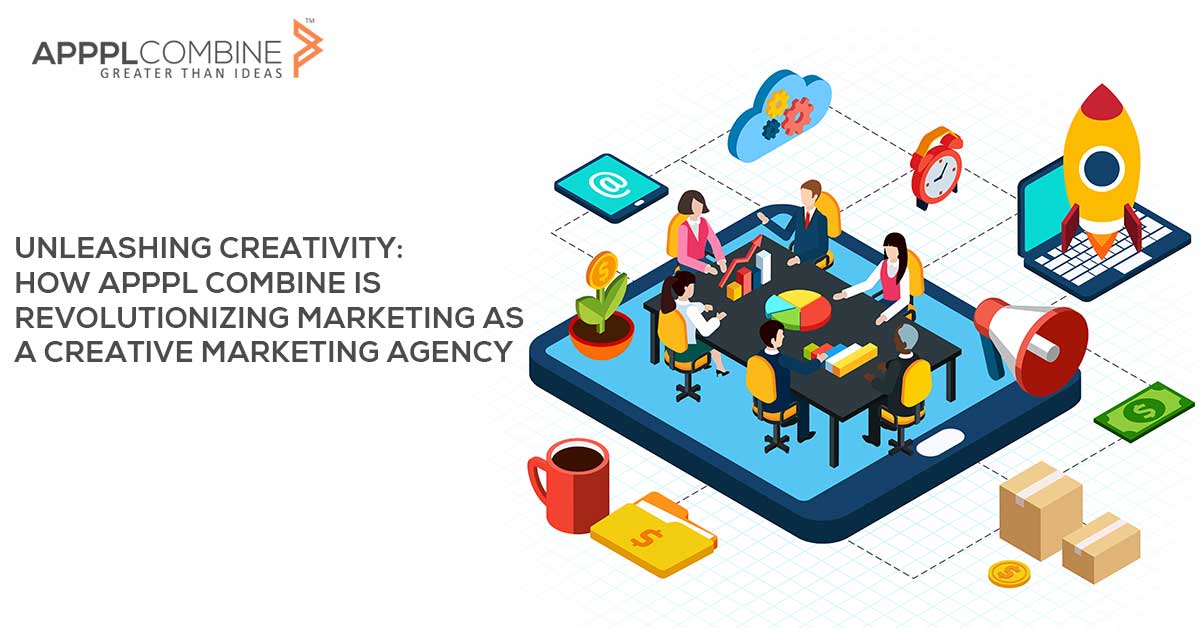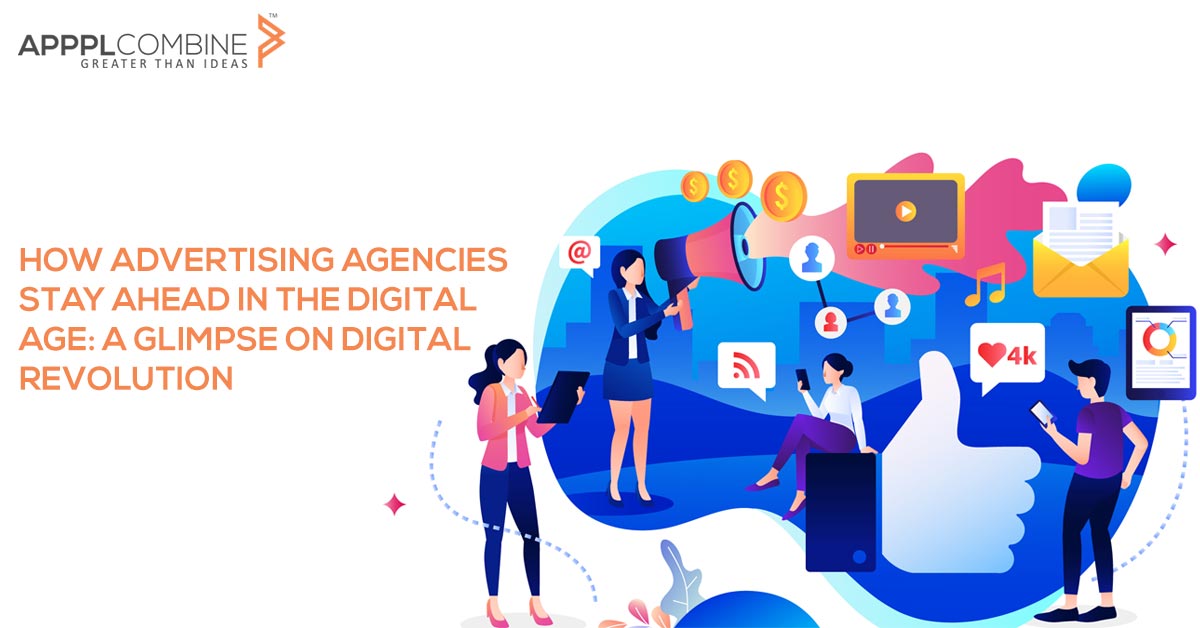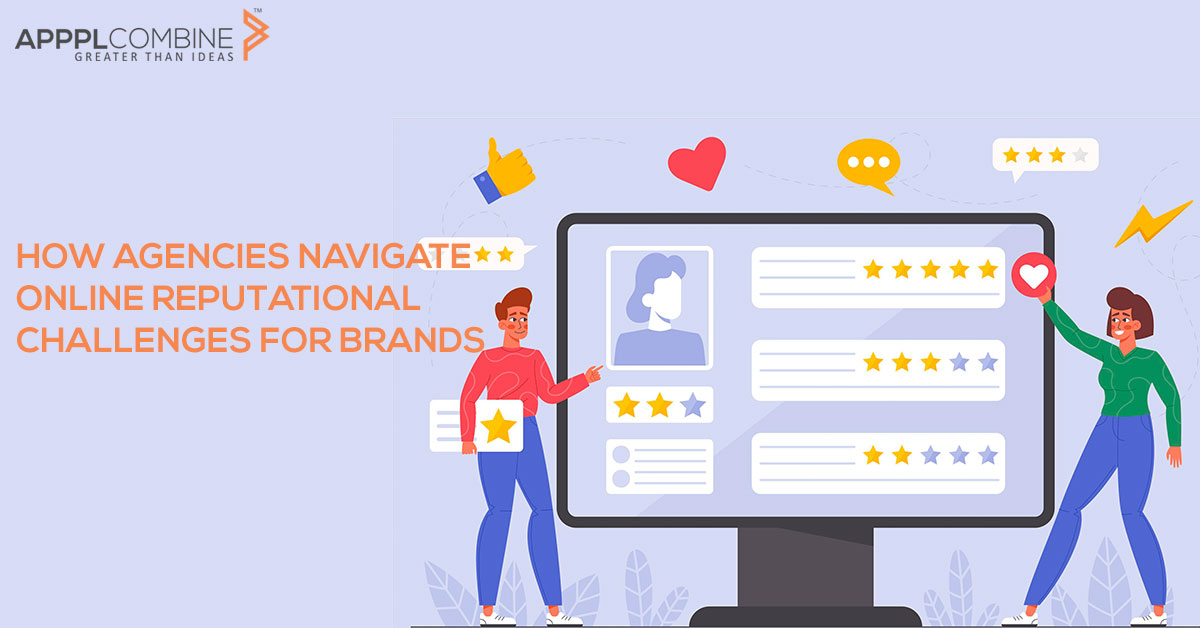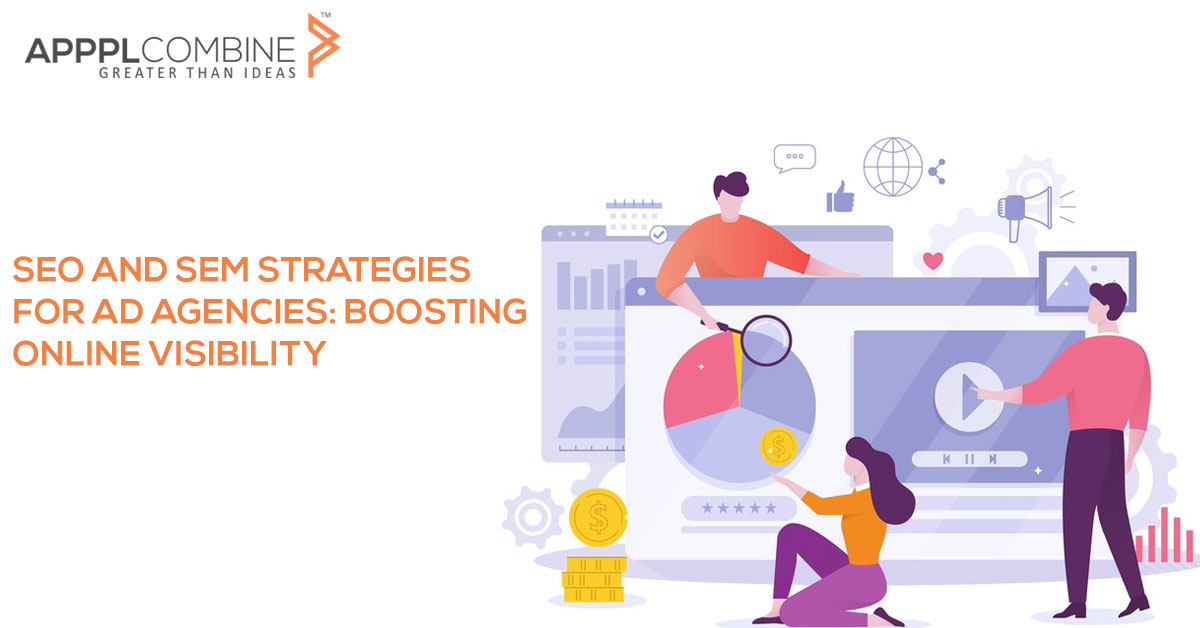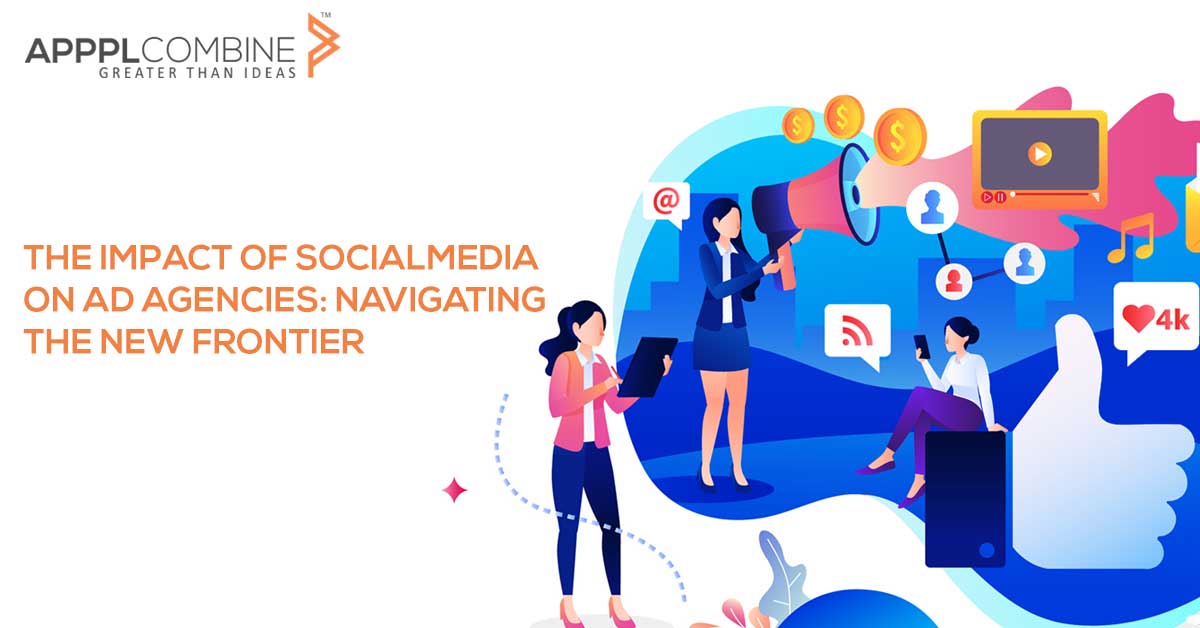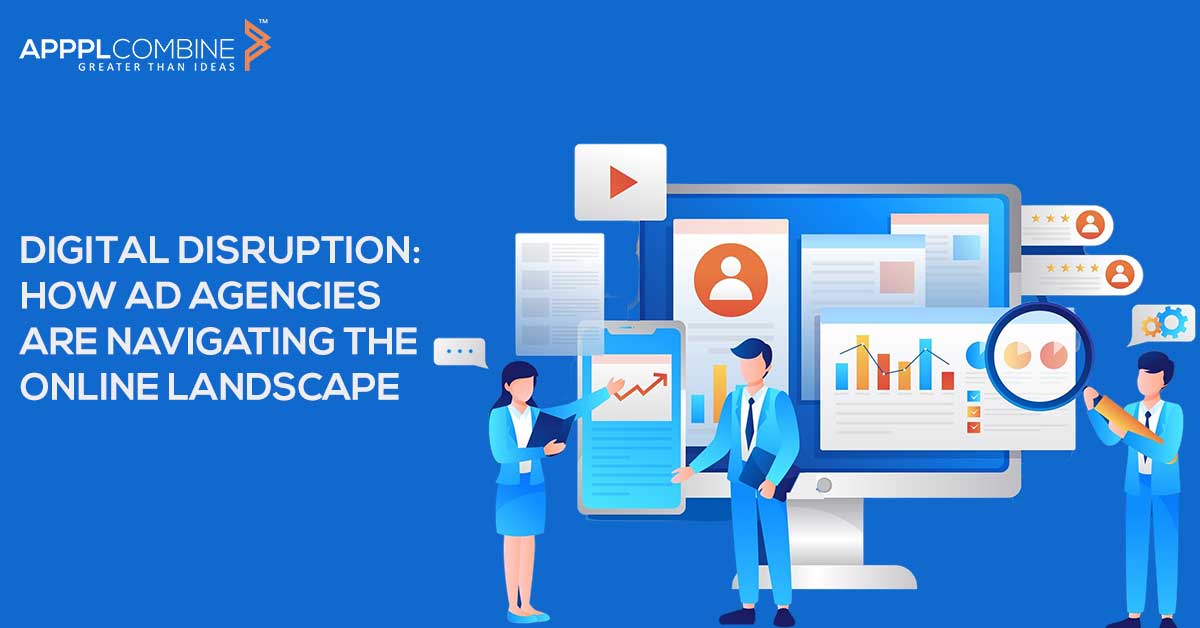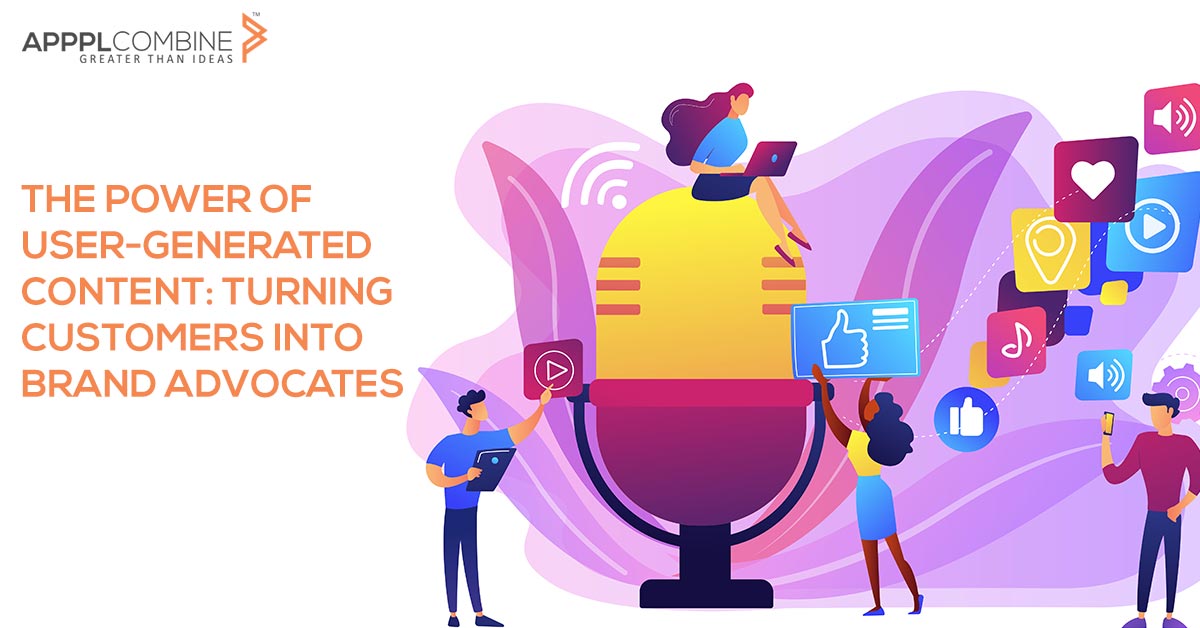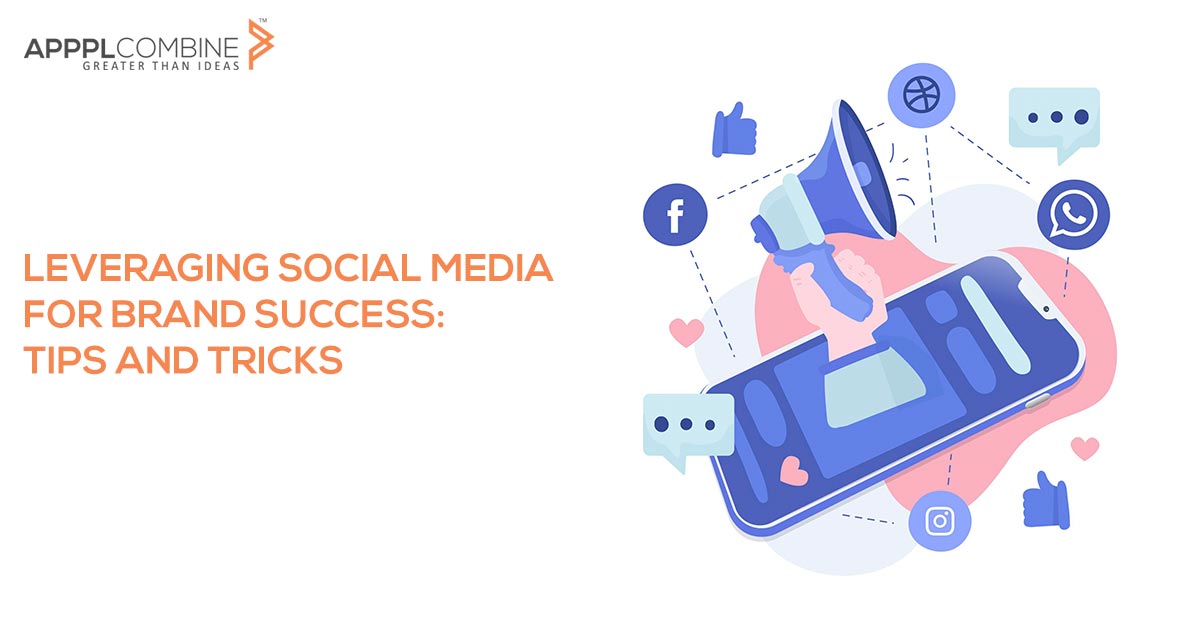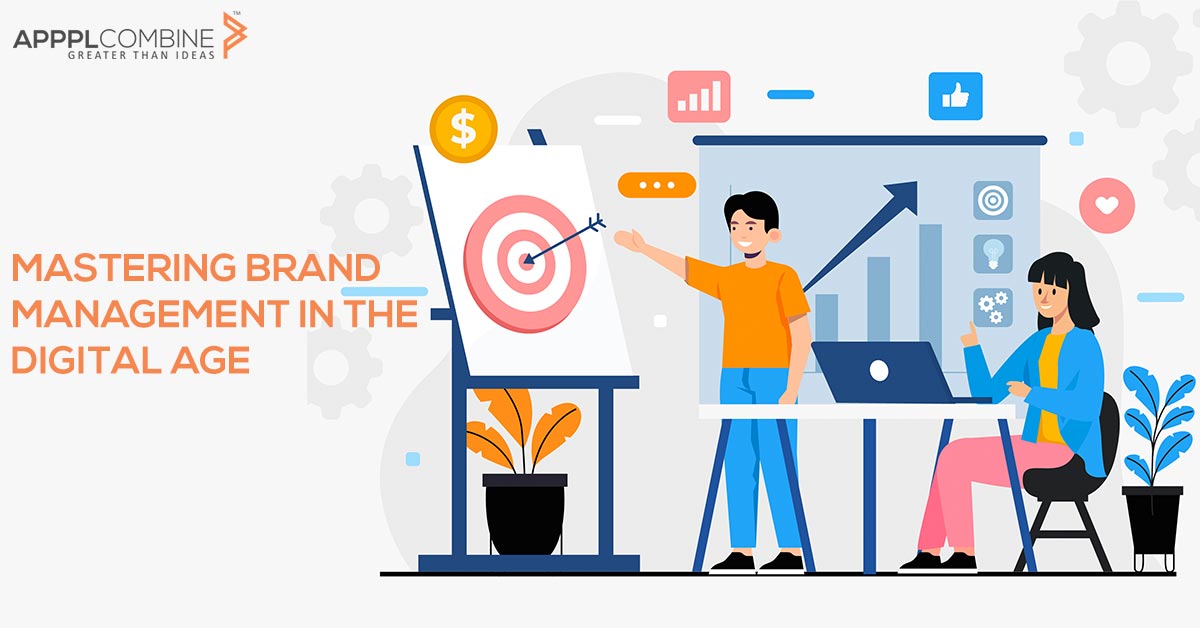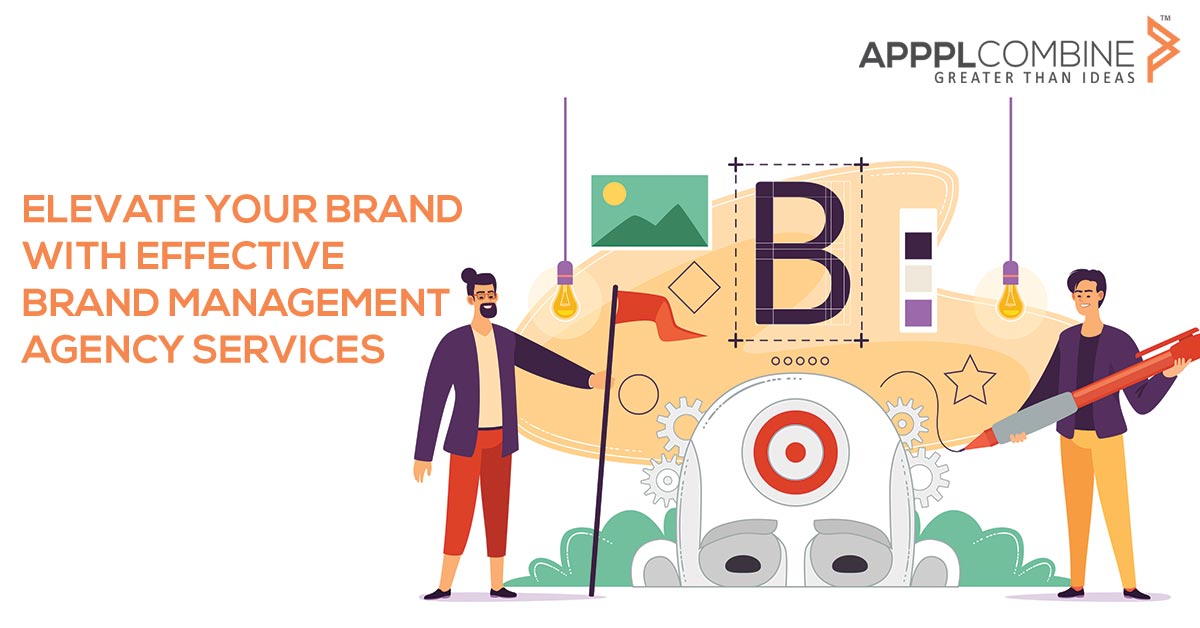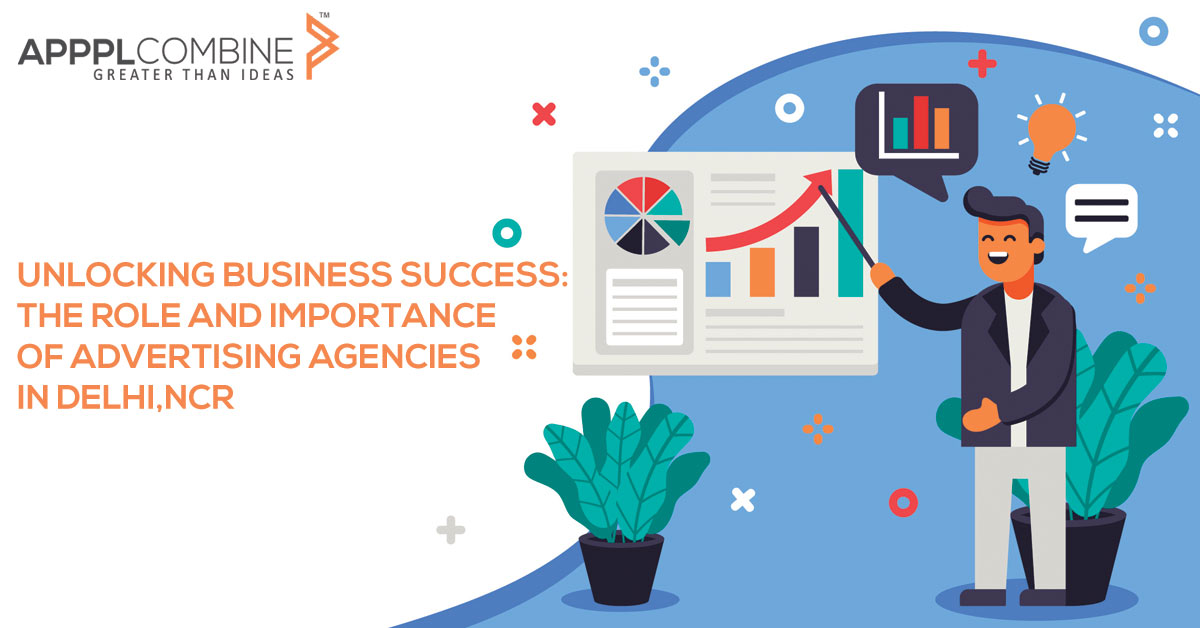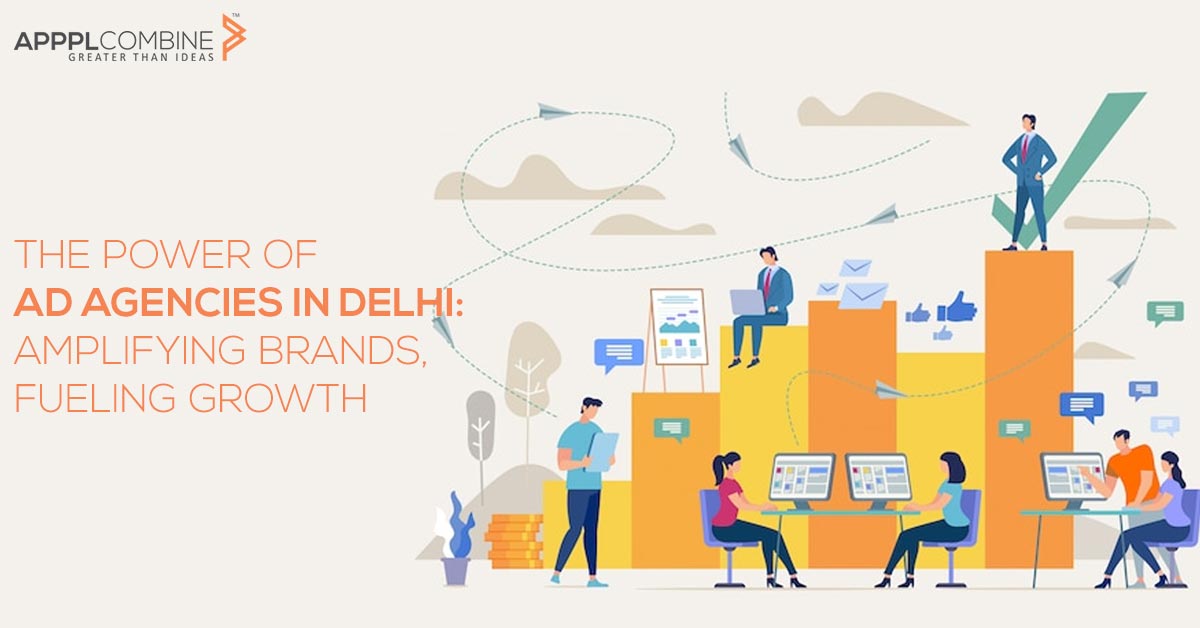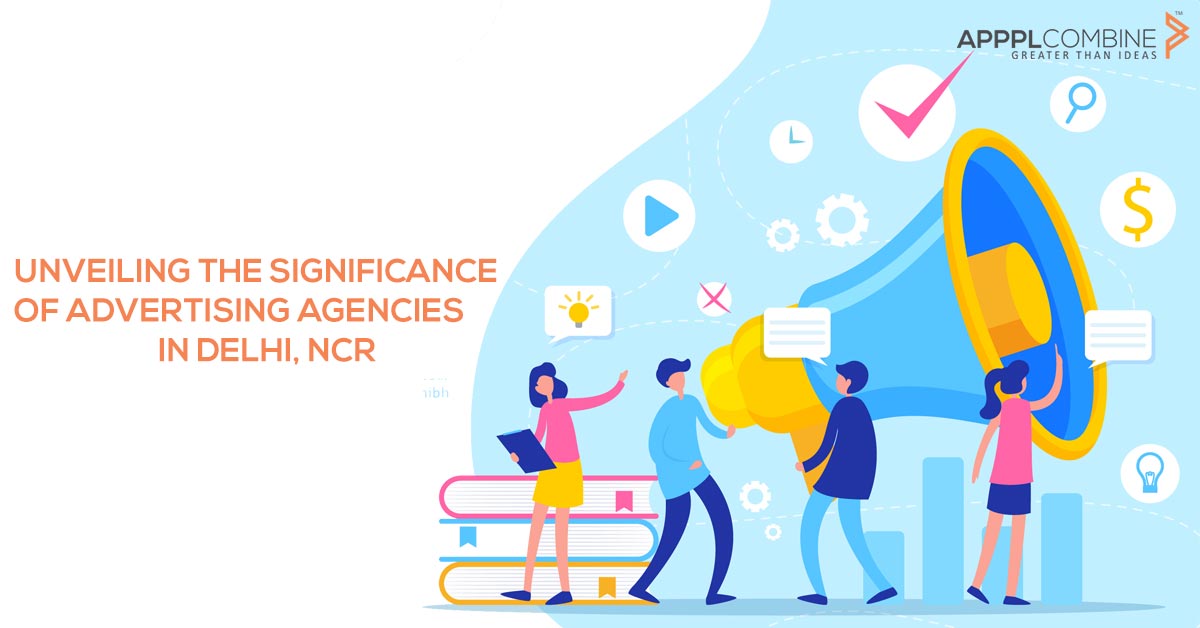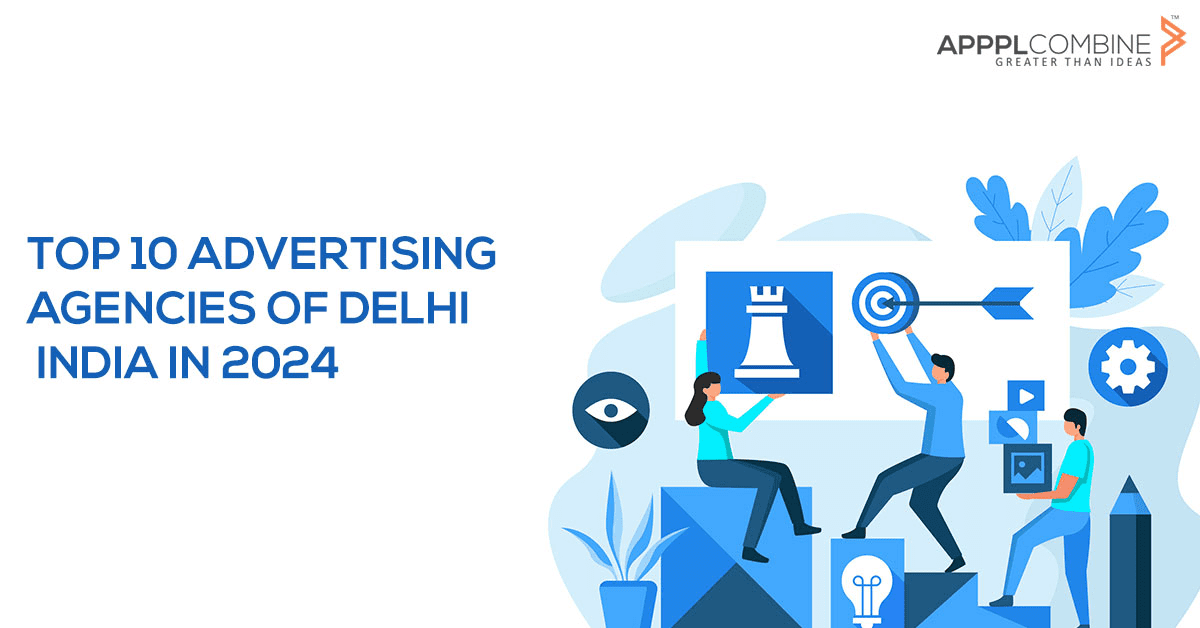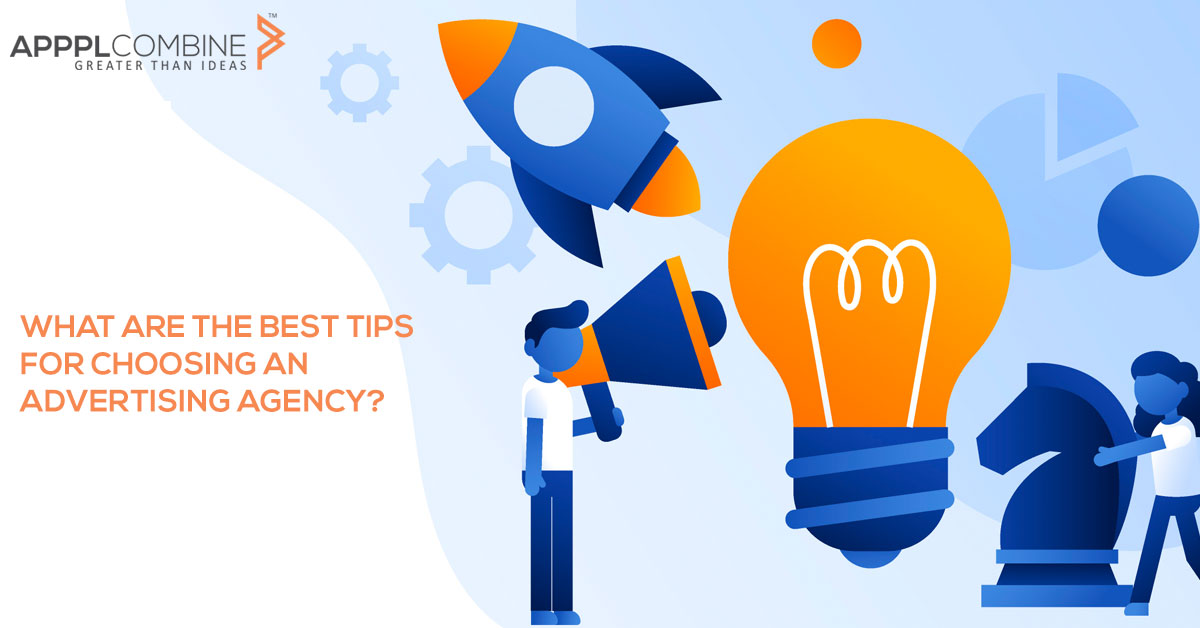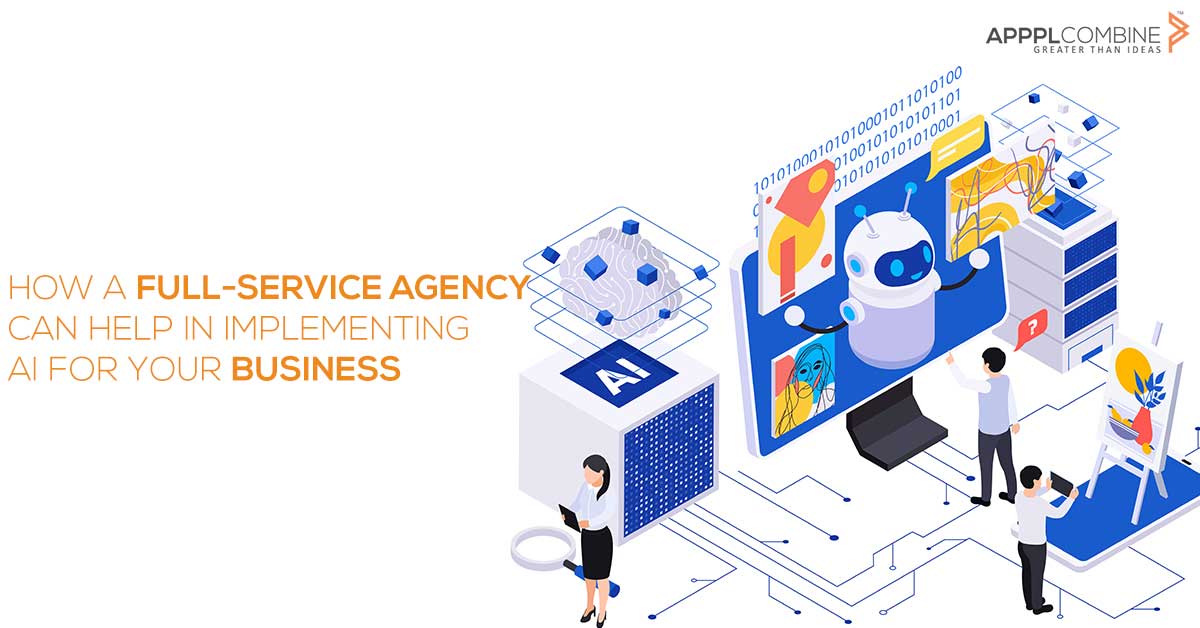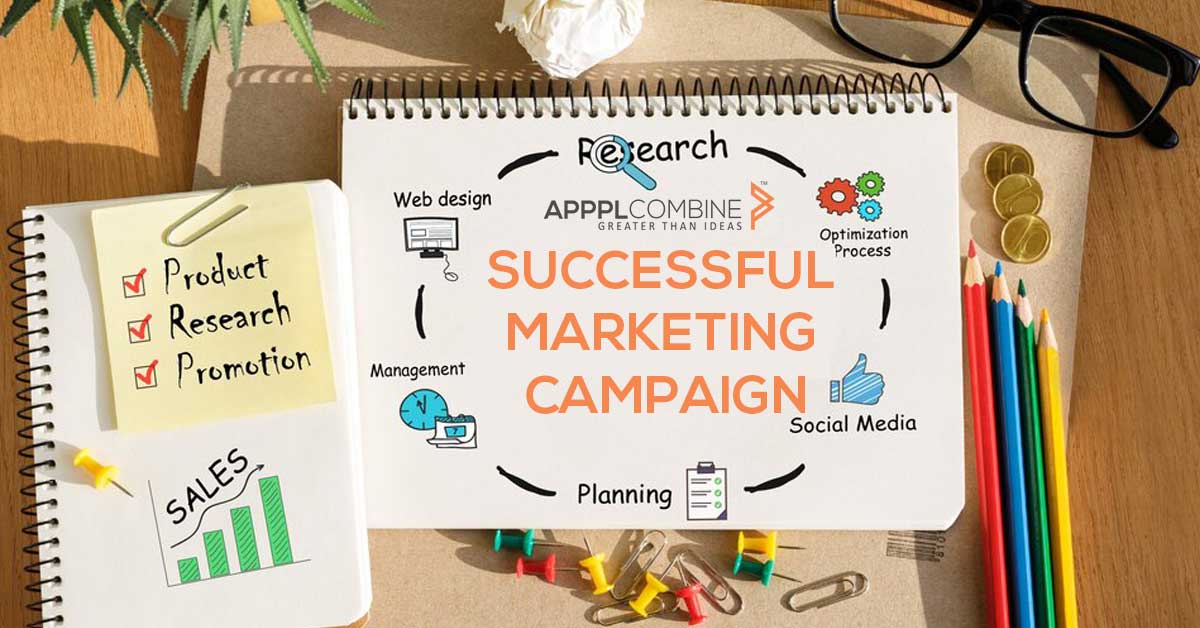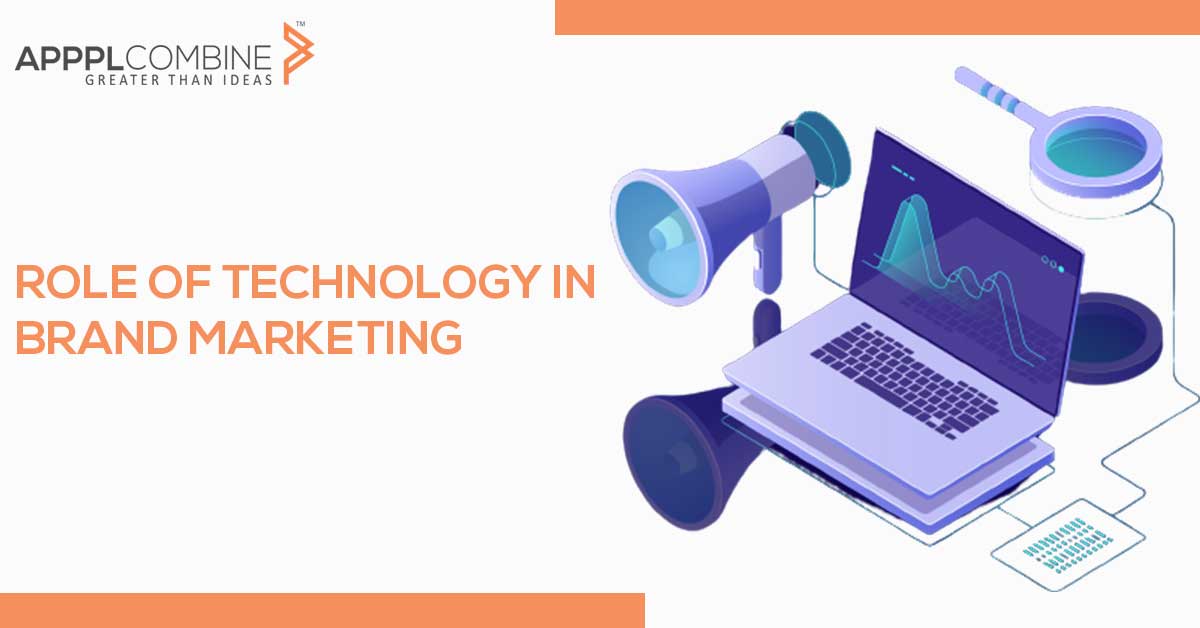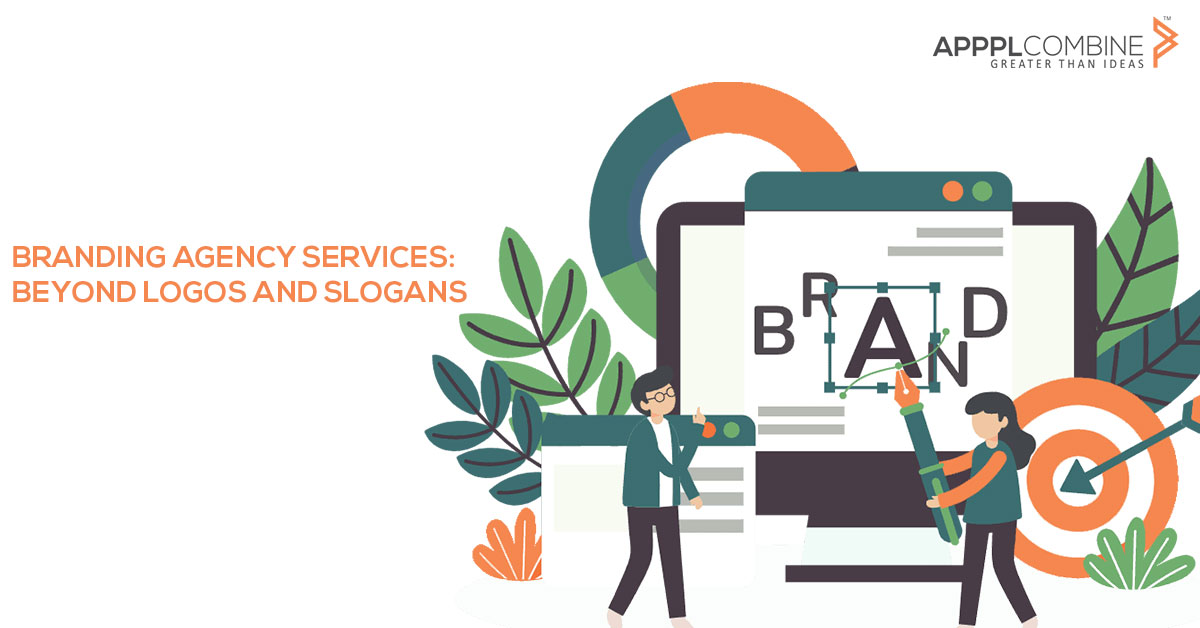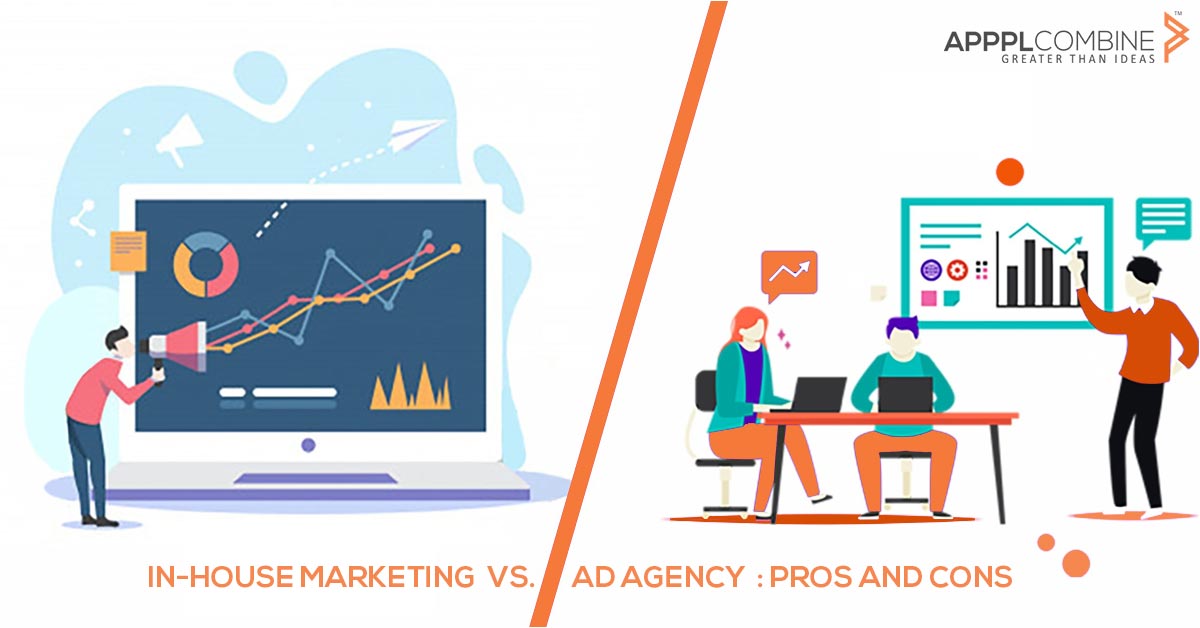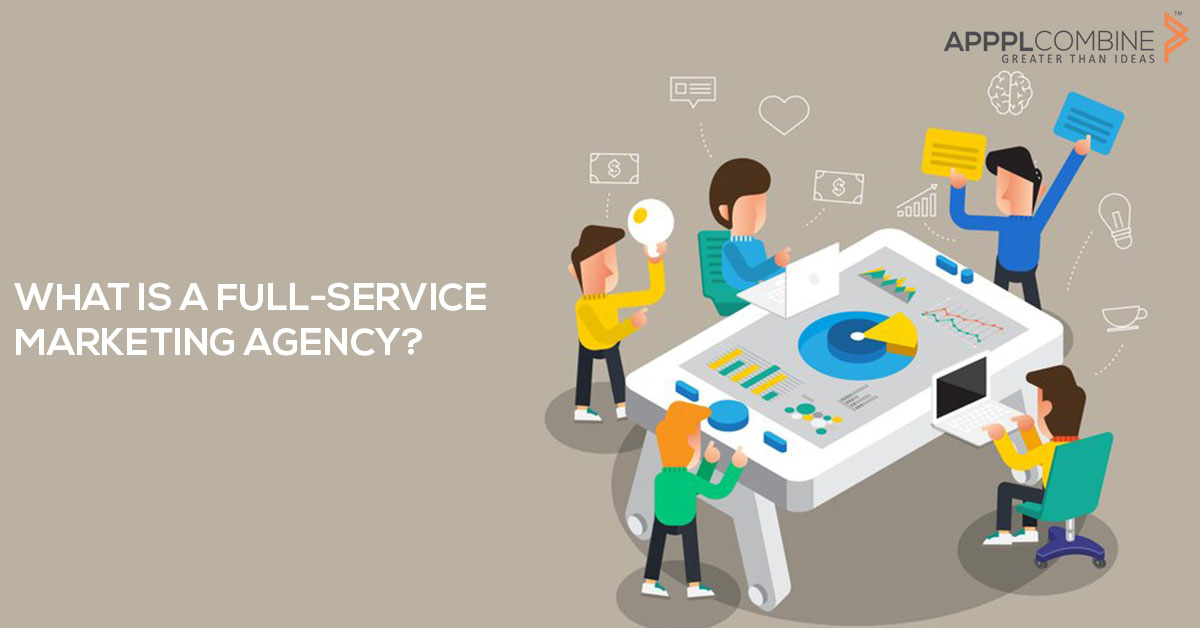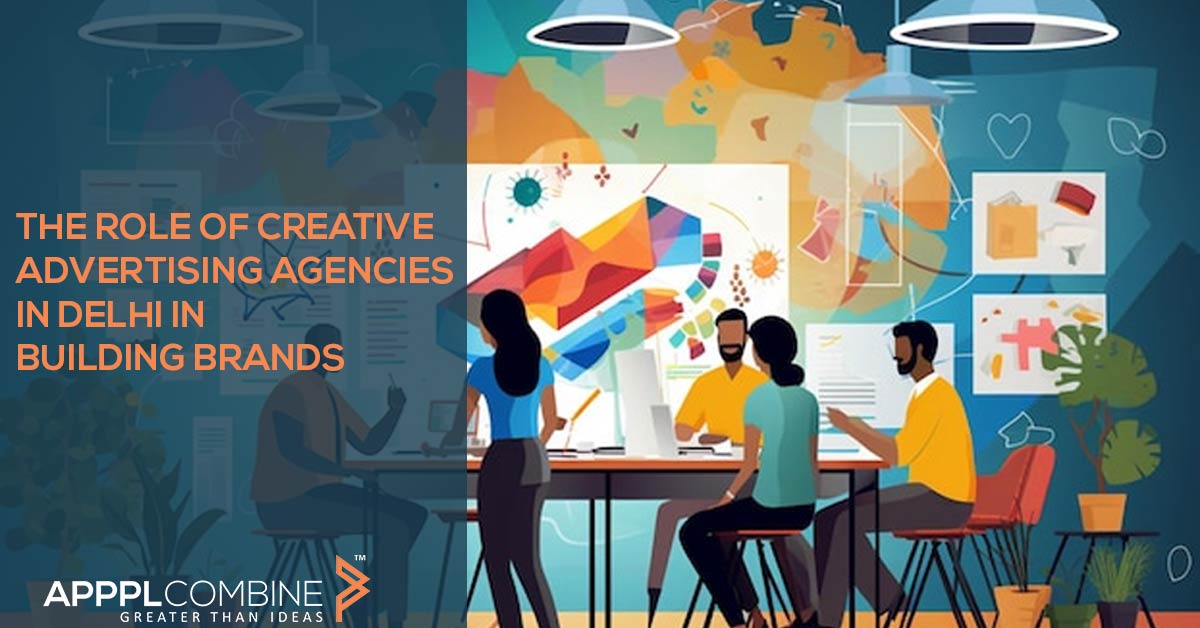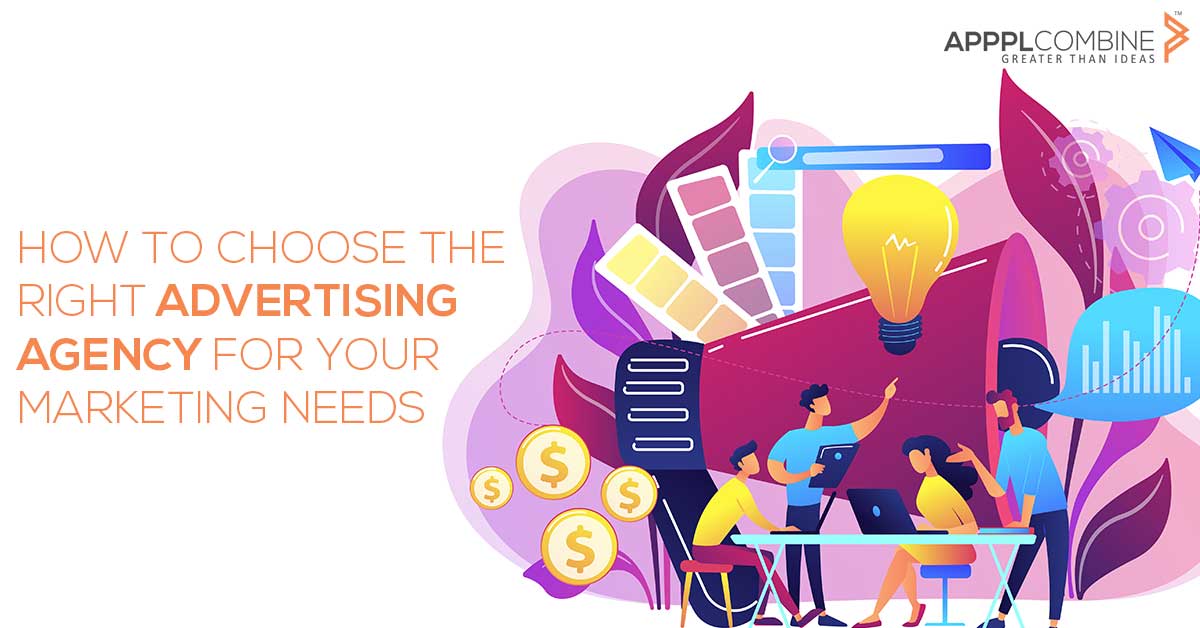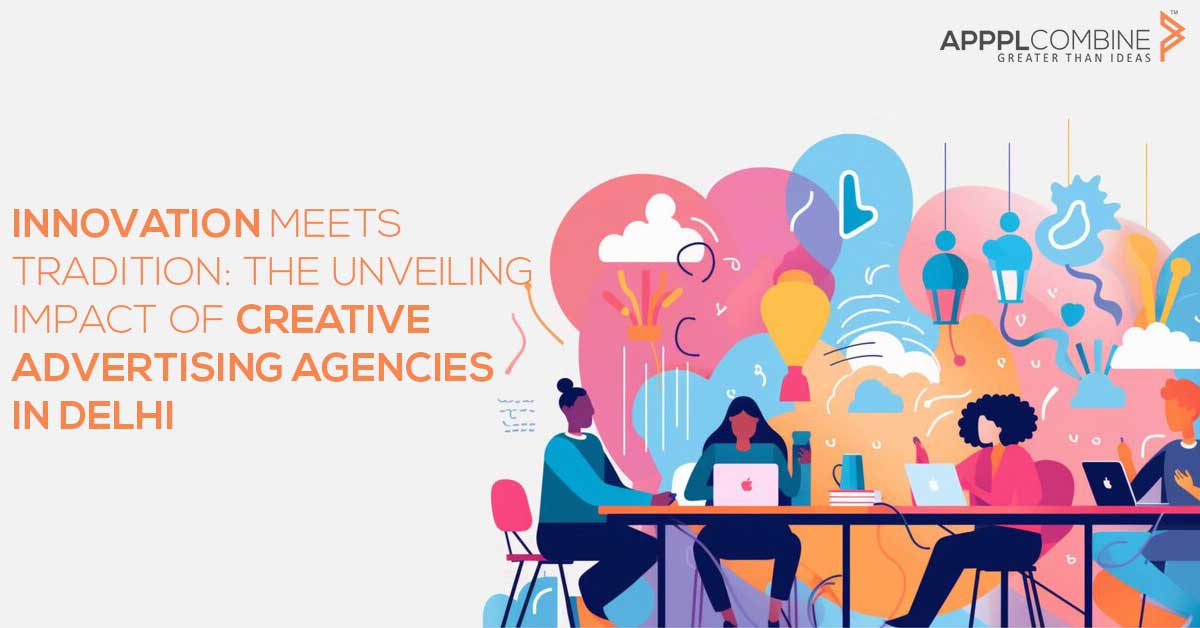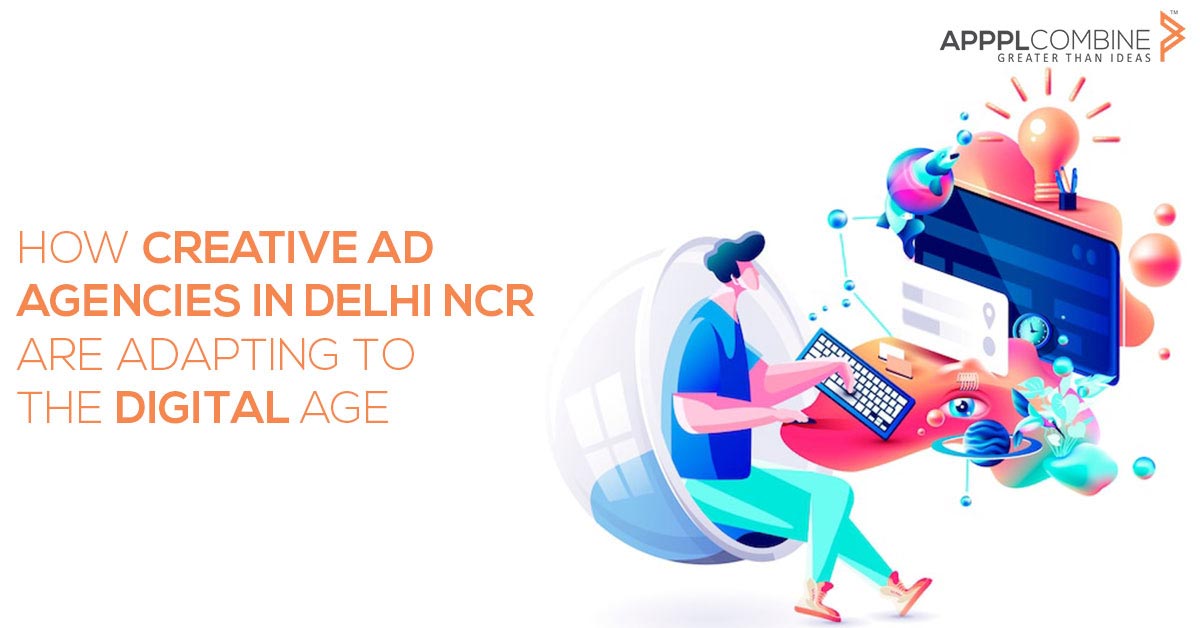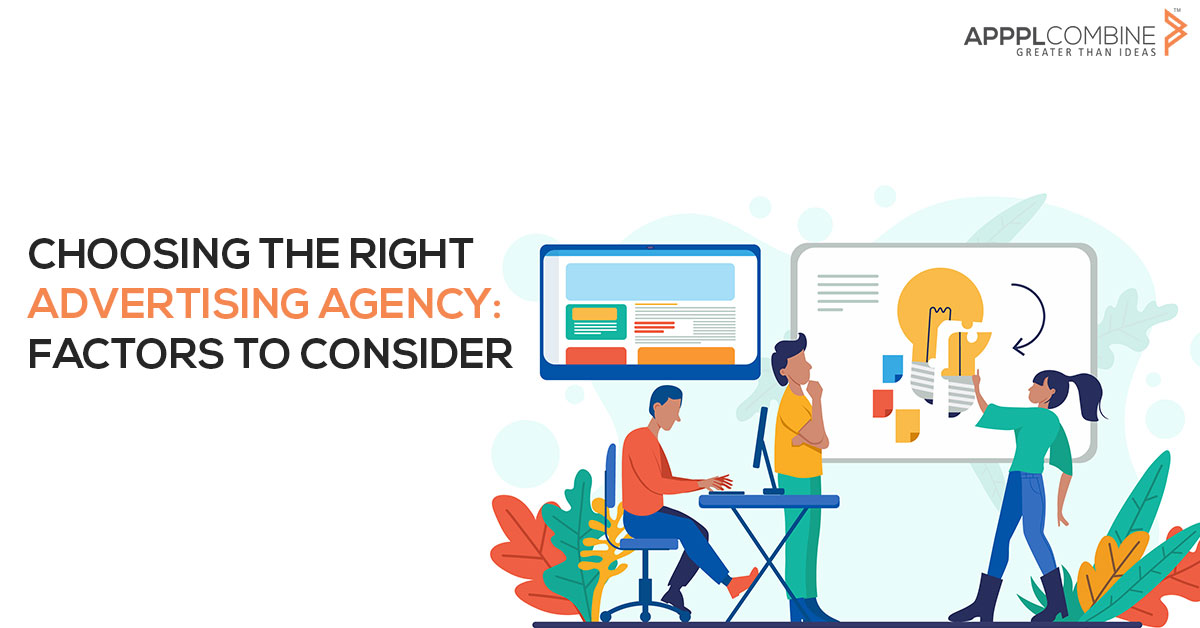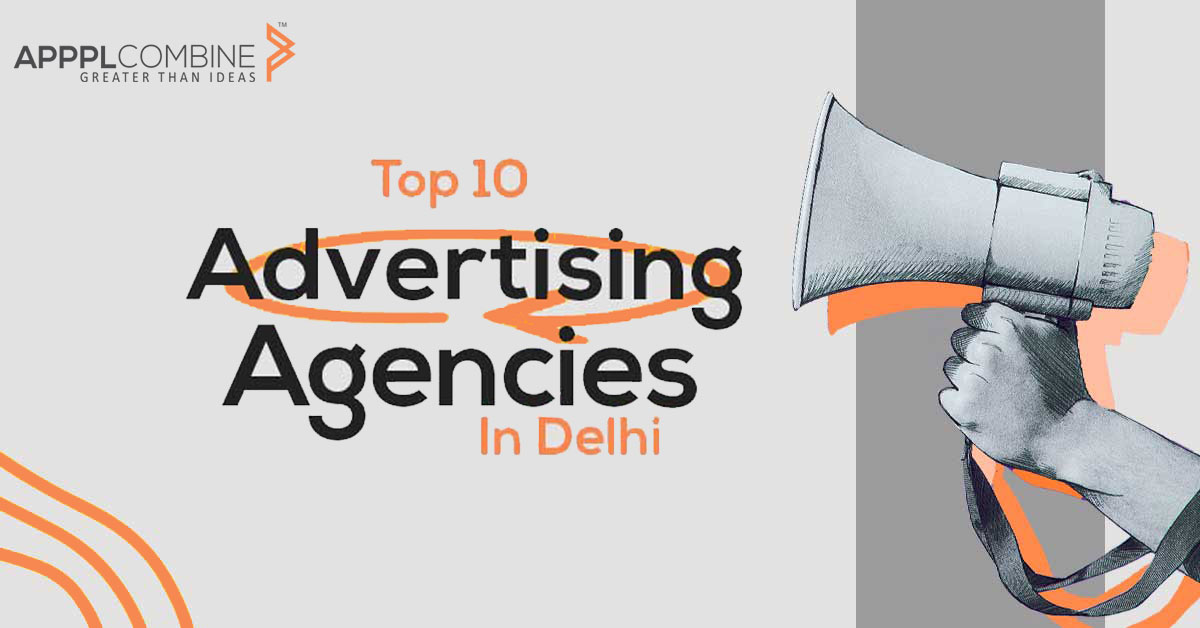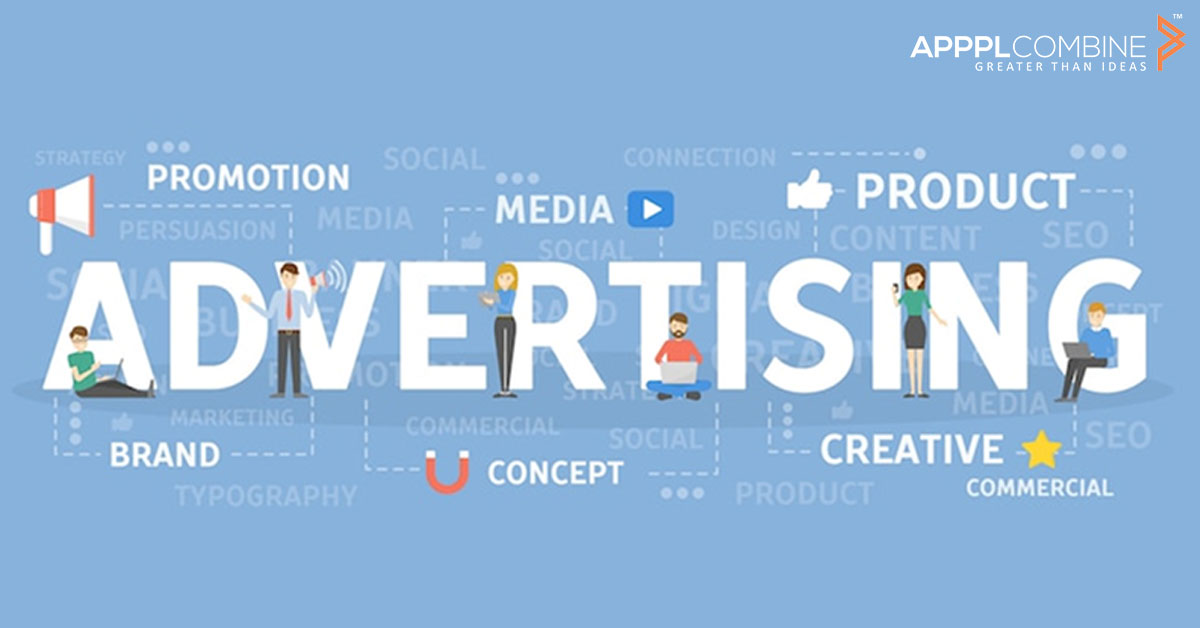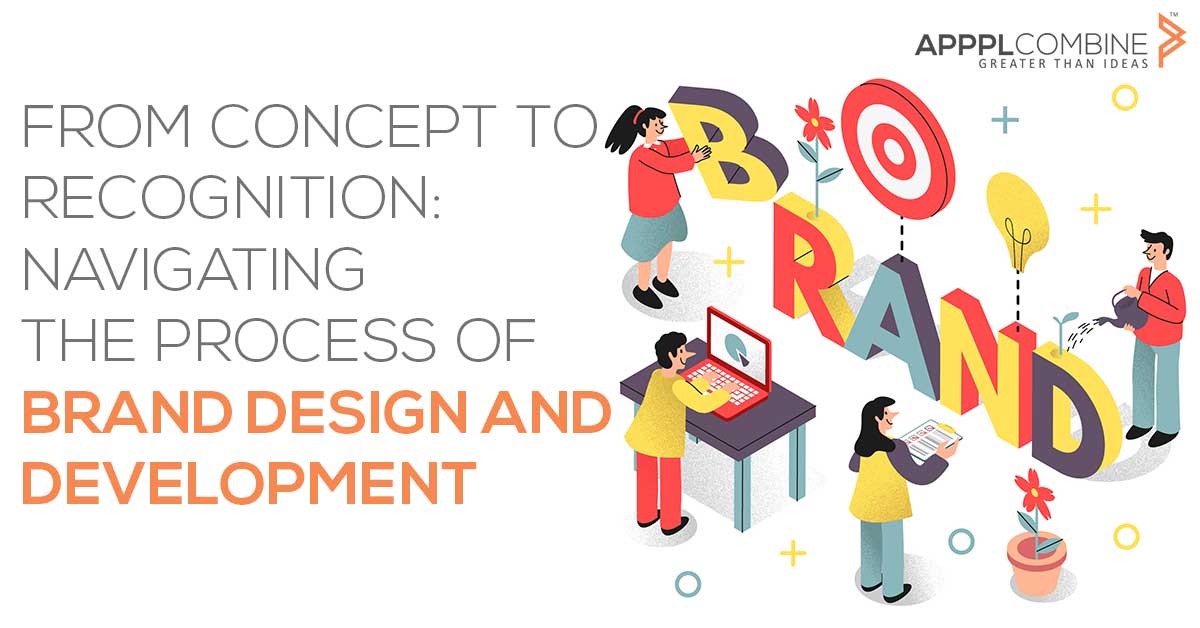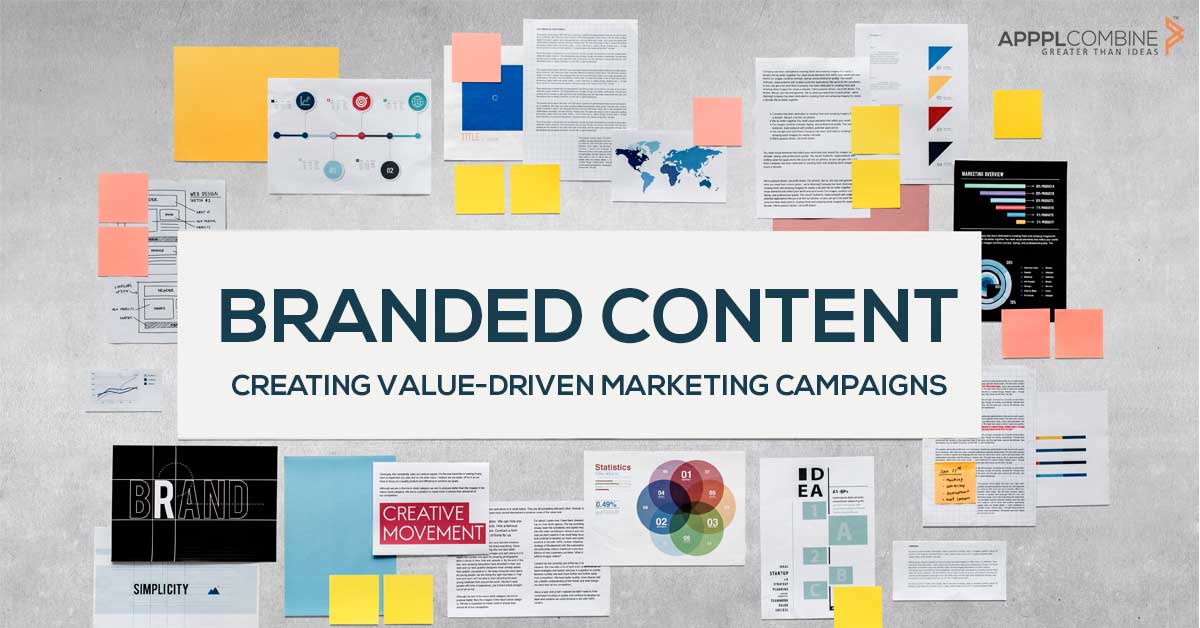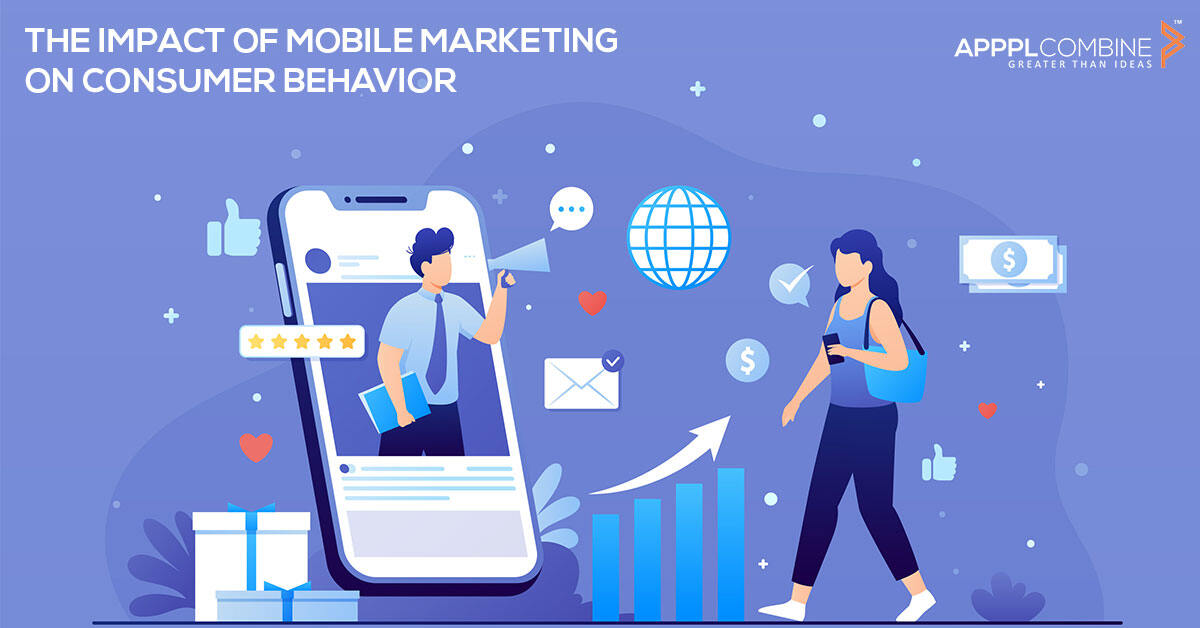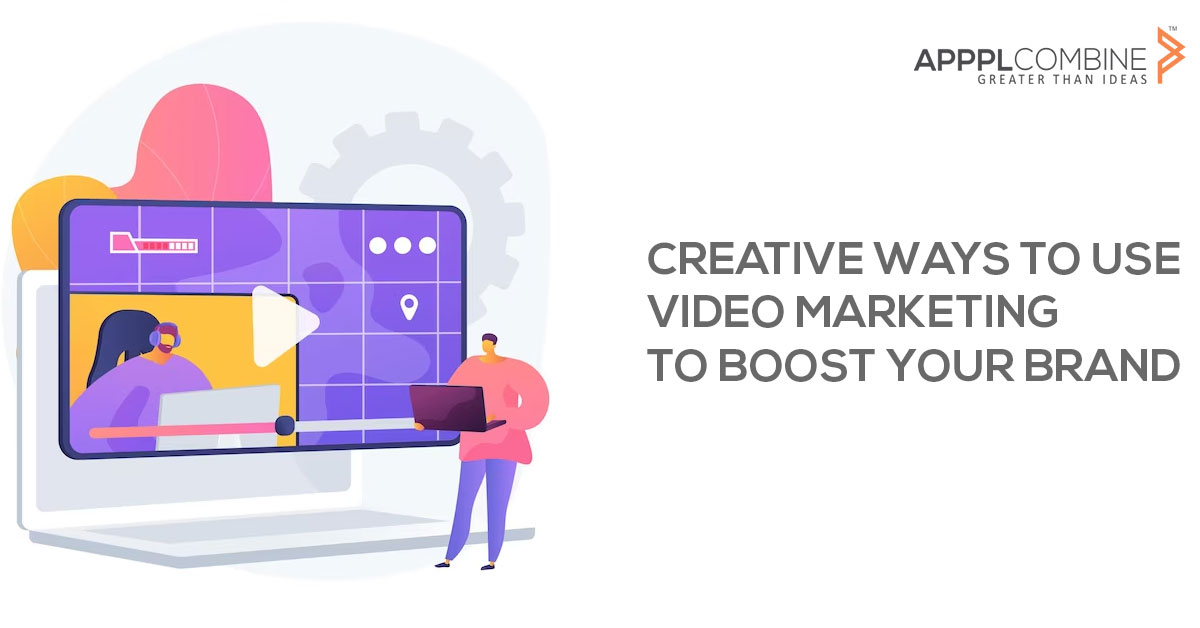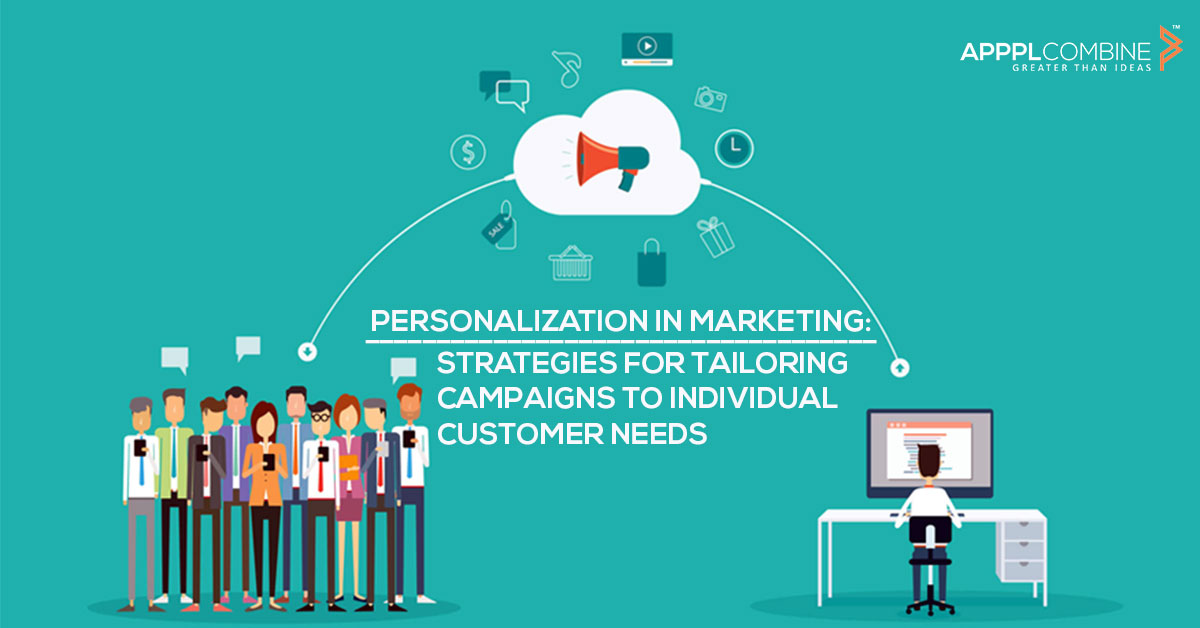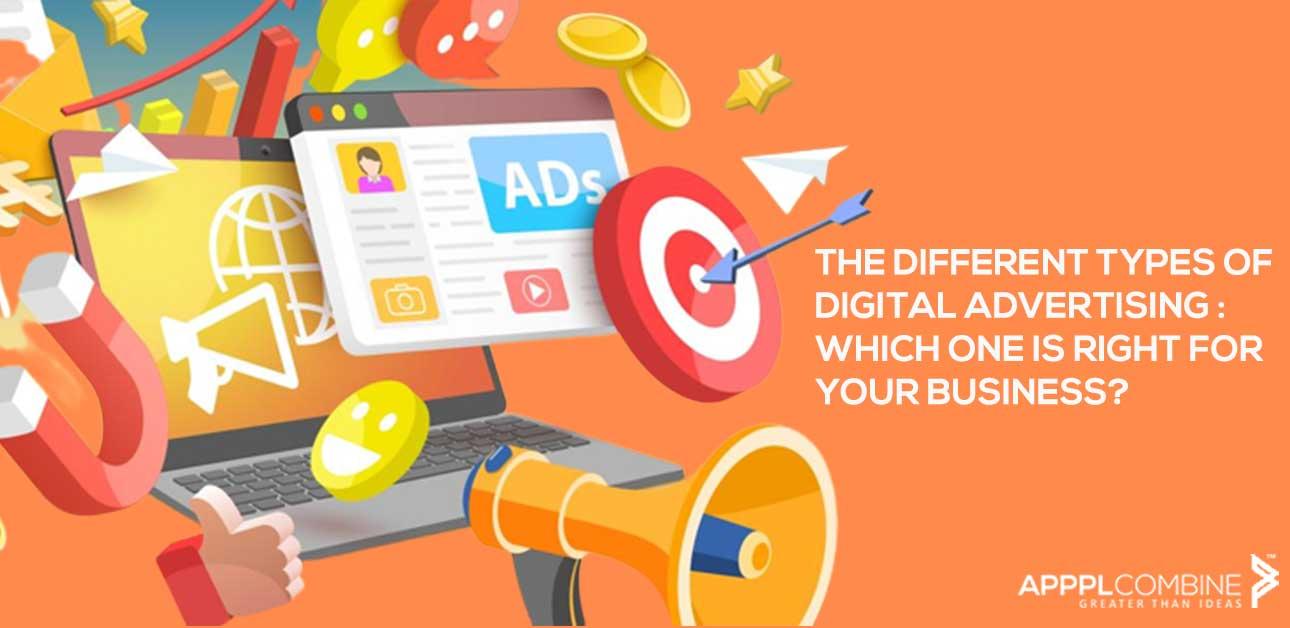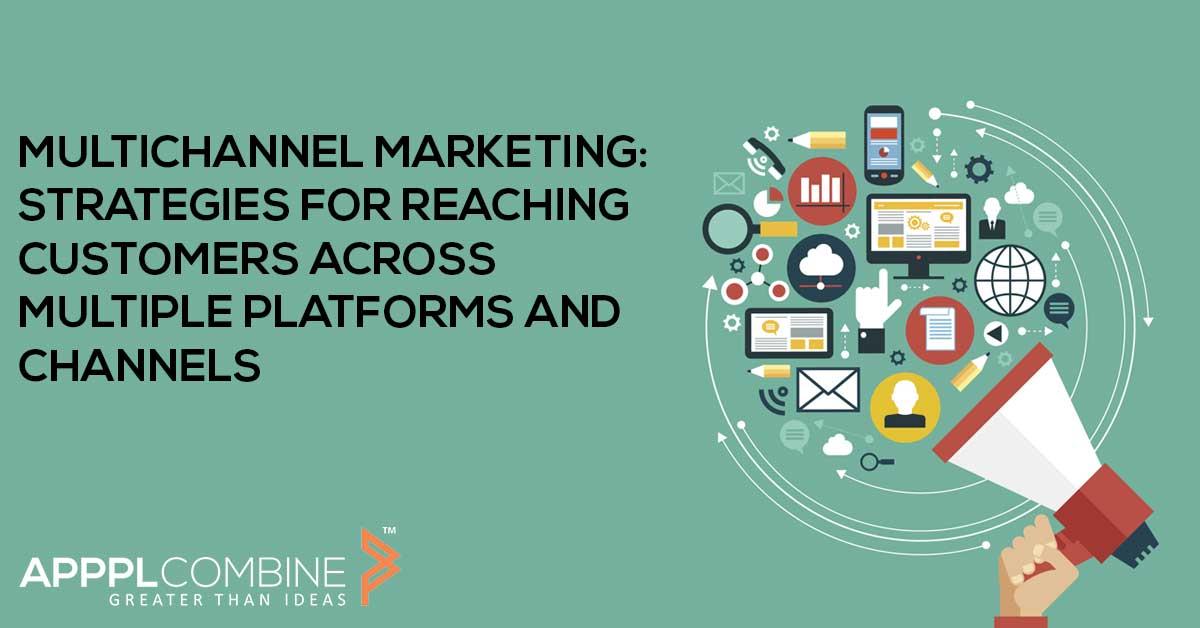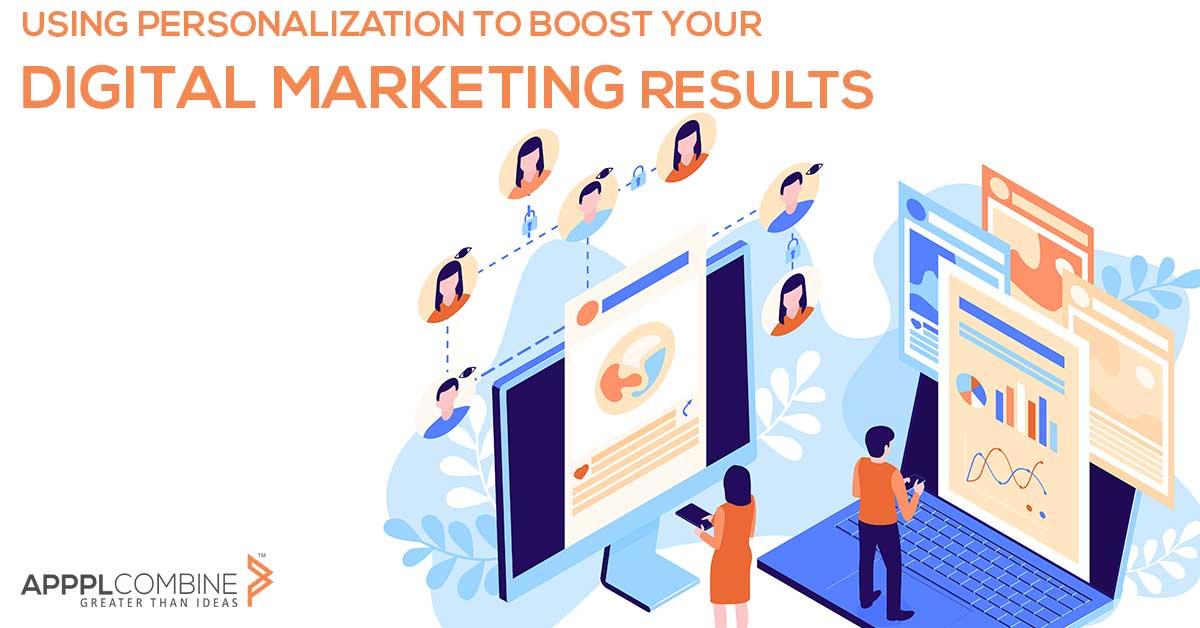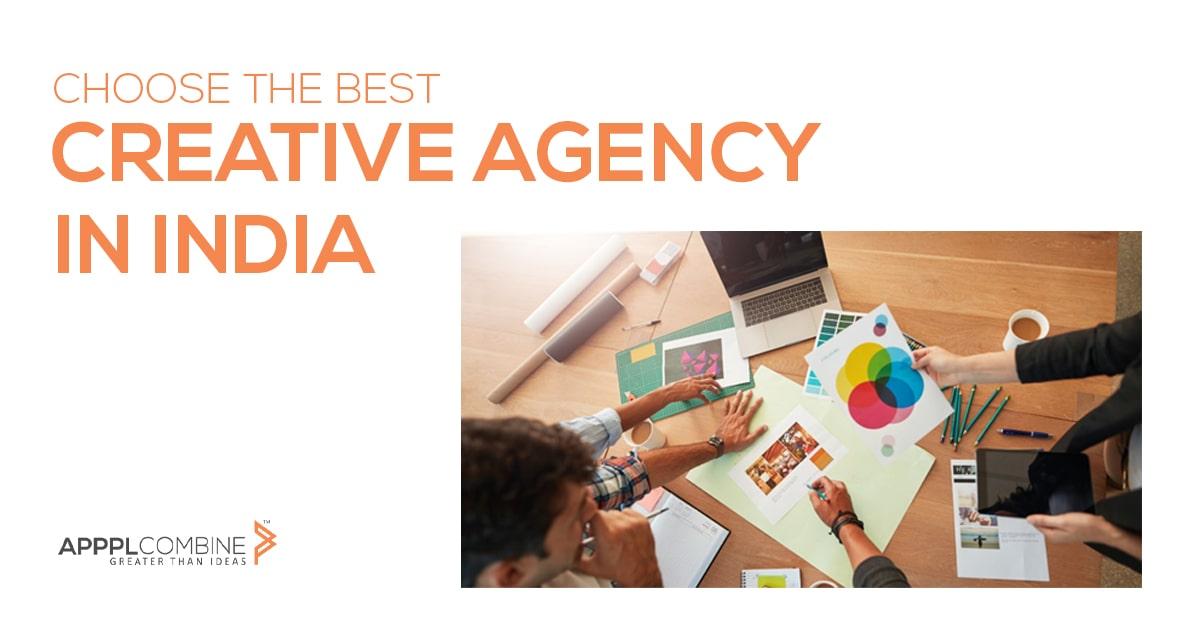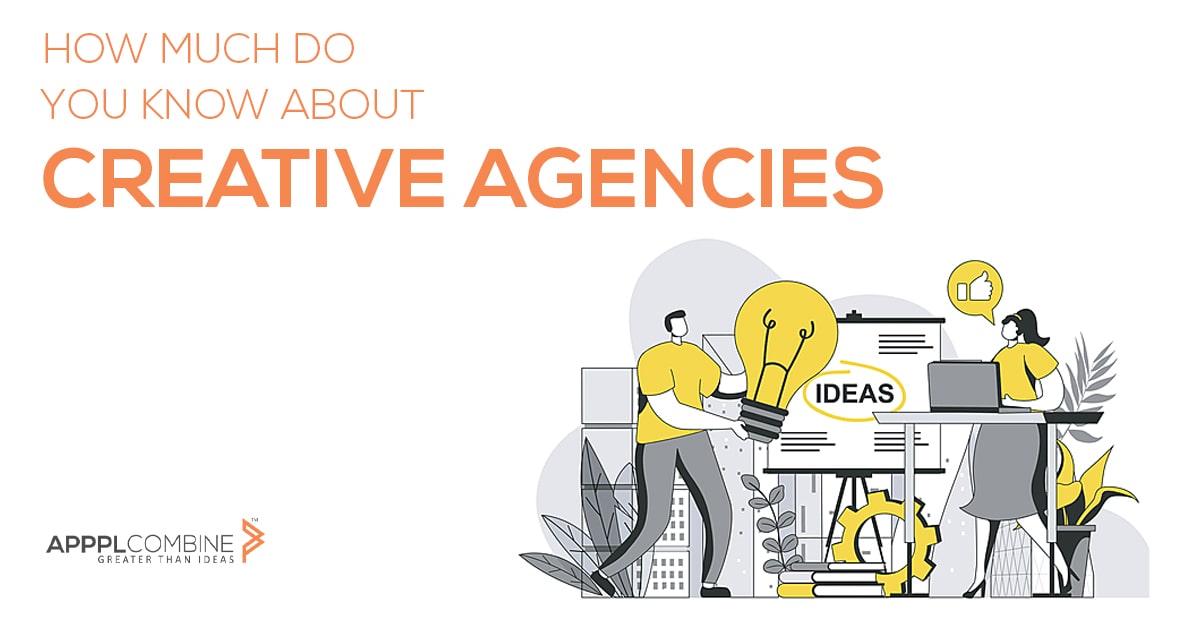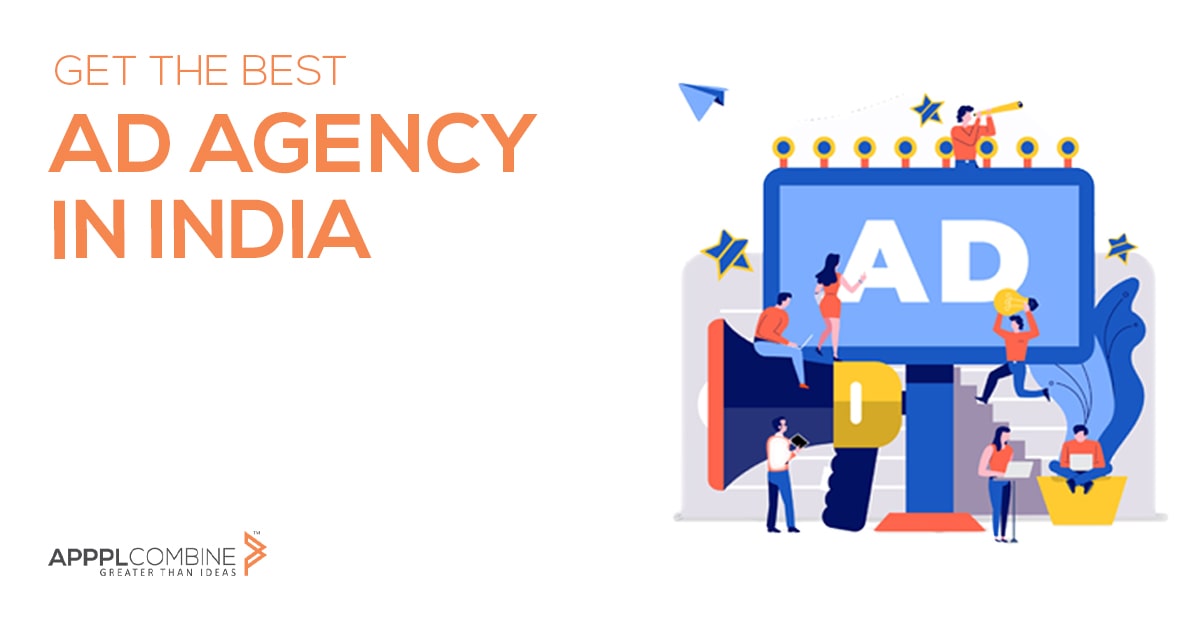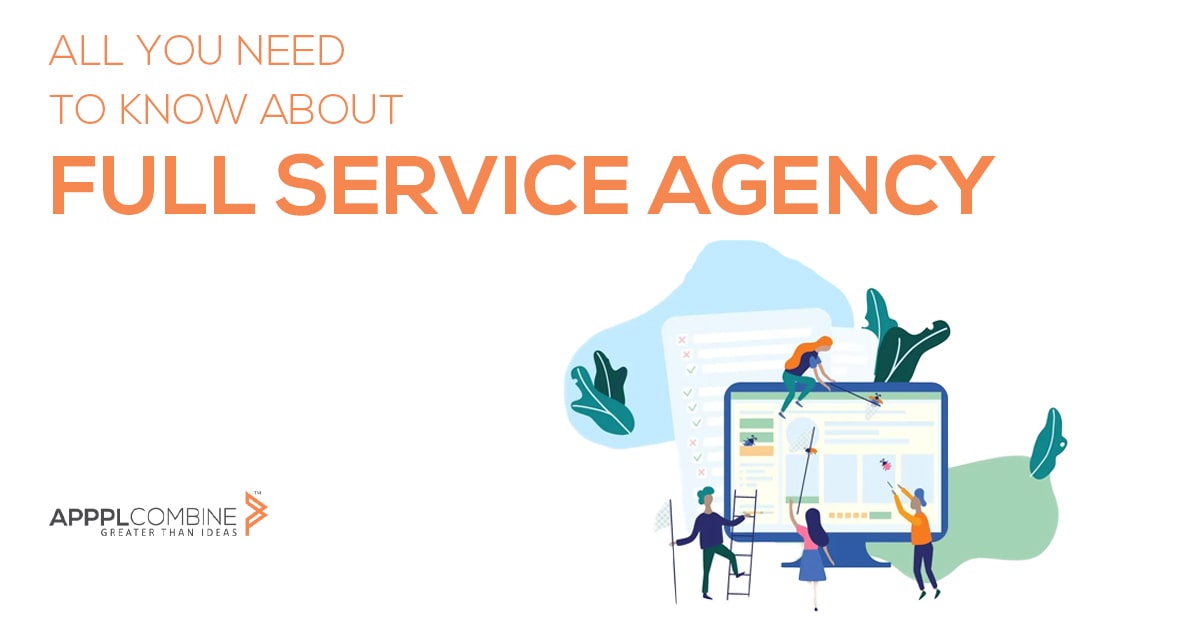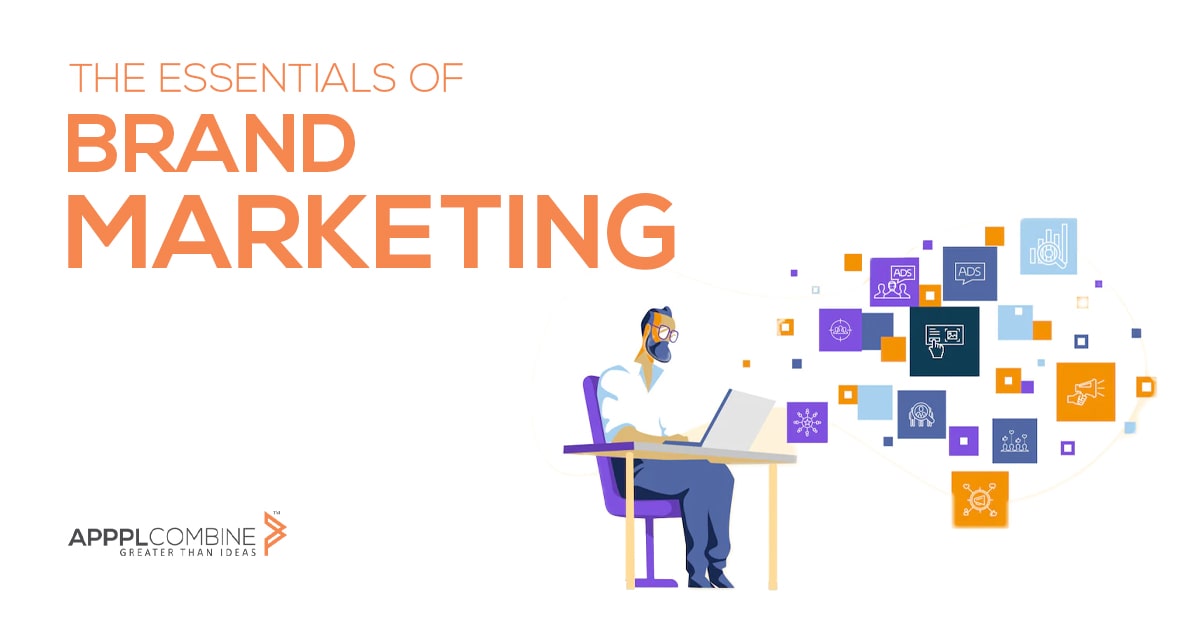In the ever-evolving landscape of the travel industry, effective advertising is key to capturing the interest of potential travelers and driving bookings. As travel preferences and behaviors continue to shift, crafting compelling ad campaigns that resonate with your target audience is more crucial than ever. At Apppl Combine, we pride ourselves on our innovative approach to advertising and marketing. In this blog, we’ll delve into some of the best ad campaign strategies for the travel industry, sharing insights and recommendations that can help you achieve remarkable results.
Understanding the Travel Industry Landscape
The travel industry is a vast and diverse sector encompassing everything from luxury vacations and adventure travel to budget getaways and business trips. To effectively market within this space, it's essential to understand the current trends and consumer behaviors:
1. Personalization: Travelers increasingly expect personalized experiences and tailored recommendations.
2. Digital Dominance: The majority of travel bookings and research are conducted online.
3. Experience Over Product: Modern travelers prioritize unique experiences over mere product features.
4. Sustainability: There is a growing emphasis on eco-friendly and sustainable travel options.
With these trends in mind, let’s explore the ad campaign strategies that can help your travel brand stand out and capture the attention of today’s discerning travelers.
1. Leverage Data-Driven Insights
Data is the backbone of effective advertising. Understanding consumer behavior, preferences, and trends allows you to craft targeted campaigns that resonate with your audience. Here’s how you can leverage data for your travel ad campaigns:
Customer Segmentation: Use data to segment your audience based on demographics, travel preferences, and past behaviors. Tailor your ad content to address the specific needs and interests of each segment.
Behavioral Analytics: Track user interactions with your website and digital platforms to understand their journey. Use this information to create retargeting ads that remind users of their interest and encourage bookings.
Market Trends: Stay updated with industry trends and adjust your campaigns to align with emerging patterns, such as the growing demand for eco-friendly travel options or remote work vacations.
By leveraging data, you can create more precise and effective ad campaigns that deliver better results.
2. Create Compelling Visual Content
In the travel industry, visuals are incredibly powerful. They can transport potential travelers to exotic destinations and evoke a sense of wanderlust. Here’s how to harness the power of visual content:
High-Quality Imagery: Invest in high-resolution photos and videos that showcase the beauty and uniqueness of your destinations. Capture stunning landscapes, luxurious accommodations, and immersive experiences.
User-Generated Content: Encourage travelers to share their own photos and experiences. Repost this content on your platforms to build authenticity and trust.
Virtual Tours: Offer virtual tours of your destinations or accommodations. This immersive experience can help potential travelers envision themselves at your location, increasing the likelihood of booking.
Effective visual content can captivate your audience and inspire them to take action.
3. Harness the Power of Storytelling
Storytelling is a powerful tool for connecting with your audience on an emotional level. Crafting compelling narratives around your destinations and experiences can make your brand more relatable and memorable. Here’s how to integrate storytelling into your ad campaigns:
Destination Stories: Share stories about the history, culture, and local attractions of your destinations. Highlight unique experiences and personal anecdotes that make your locations special.
Traveler Testimonials: Feature stories and reviews from past travelers. Their authentic experiences can provide social proof and build credibility.
Brand Story: Communicate your brand’s mission, values, and vision. Share how your travel services contribute to positive travel experiences and sustainable practices.
By weaving storytelling into your ad campaigns, you create a deeper connection with your audience and differentiate your brand from the competition.
4. Utilize Multi-Channel Marketing
To maximize the reach and impact of your ad campaigns, it’s essential to use a multi-channel approach. This strategy ensures that your message reaches your audience through various touchpoints. Consider the following channels:
Social Media: Platforms like Instagram, Facebook, and TikTok are highly effective for travel marketing. Use these channels to share engaging content, run targeted ads, and interact with potential travelers.
Search Engine Advertising: Invest in search engine marketing (SEM) to target users actively searching for travel-related queries. Use keywords related to your destinations and services to drive relevant traffic to your website.
Email Marketing: Create personalized email campaigns to nurture leads and encourage repeat bookings. Offer exclusive deals, travel tips, and destination highlights to keep your audience engaged.
Influencer Partnerships: Collaborate with travel influencers and bloggers to reach a broader audience. Their endorsements and content can amplify your brand’s visibility and credibility.
A multi-channel approach ensures that your ad campaigns have a wider reach and engage potential travelers across different platforms.
5. Emphasize Personalization
Personalization is key to creating a memorable and relevant travel experience. Tailoring your ad content to individual preferences can significantly improve engagement and conversion rates. Here’s how to implement personalization in your campaigns:
Dynamic Content: Use dynamic ad content that adapts based on user behavior and preferences. For example, display ads featuring destinations or deals based on users’ previous searches or bookings.
Targeted Offers: Create personalized offers and promotions based on user segments. For instance, offer special discounts to frequent travelers or tailored packages for adventure seekers.
Localized Messaging: Adjust your messaging and promotions based on geographic location. Highlight local attractions or events to appeal to travelers from specific regions.
Personalization enhances the relevance of your ads, making them more appealing and effective.
6. Incorporate Interactive Elements
Interactive ads engage users more effectively than static content, providing a more immersive experience. Consider incorporating the following interactive elements into your campaigns:
Interactive Maps: Allow users to explore destinations through interactive maps. Highlight key attractions, accommodations, and activities.
Quizzes and Surveys: Create quizzes or surveys to help users discover their ideal travel destination or receive personalized recommendations.
Augmented Reality (AR): Use AR technology to offer virtual previews of destinations or accommodations. This innovative approach can enhance user engagement and interest.
Interactive elements make your ad campaigns more engaging and memorable, encouraging users to take action.
7. Optimize for Mobile
With the increasing use of mobile devices for travel planning and bookings, optimizing your ad campaigns for mobile is essential. Ensure that your mobile experience is seamless and user-friendly by:
Responsive Design: Ensure that your website and ad creatives are optimized for various screen sizes and devices.
Fast Loading Times: Optimize your mobile site for fast loading times to prevent user frustration and potential drop-offs.
Mobile-Friendly Content: Design content that is easily consumable on mobile devices, including concise text, clear calls-to-action, and easily navigable layouts.
A mobile-optimized approach ensures that users have a positive experience, increasing the likelihood of conversions.
8. Measure and Optimize Campaign Performance
To ensure the success of your ad campaigns, it’s crucial to measure and optimize performance continuously. Use the following strategies to track and enhance your campaign effectiveness:
Key Performance Indicators (KPIs): Define and monitor KPIs such as click-through rates, conversion rates, and return on ad spend (ROAS). These metrics provide insights into the effectiveness of your campaigns.
A/B Testing: Conduct A/B testing to compare different ad creatives, messaging, and targeting strategies. Use the results to identify the most effective approaches and optimize accordingly.
Analytics Tools: Utilize analytics tools to gather data on user interactions, campaign performance, and audience behavior. Leverage these insights to make informed adjustments and improvements.
Regular measurement and optimization ensure that your ad campaigns remain effective and aligned with your goals.
In the competitive travel industry, crafting successful ad campaigns requires a blend of creativity, strategy, and data-driven insights. By leveraging personalized content, compelling visuals, and multi-channel marketing, you can create impactful campaigns that capture the attention of today’s travelers.
At Apppl Combine, as the top advertising agency in India, we understand the nuances of the travel industry and the importance of delivering exceptional ad campaigns that drive results. By implementing the strategies outlined in this blog, you can enhance your brand’s visibility, engage your target audience, and ultimately achieve success in the vibrant and dynamic world of travel marketing.
Whether you’re looking to launch a new destination, promote special offers, or build brand awareness, Apppl Combine is here to help you navigate the complexities of travel advertising and achieve your marketing goals. With our expertise and innovative approach, we’re committed to helping your travel brand thrive in a competitive landscape.
